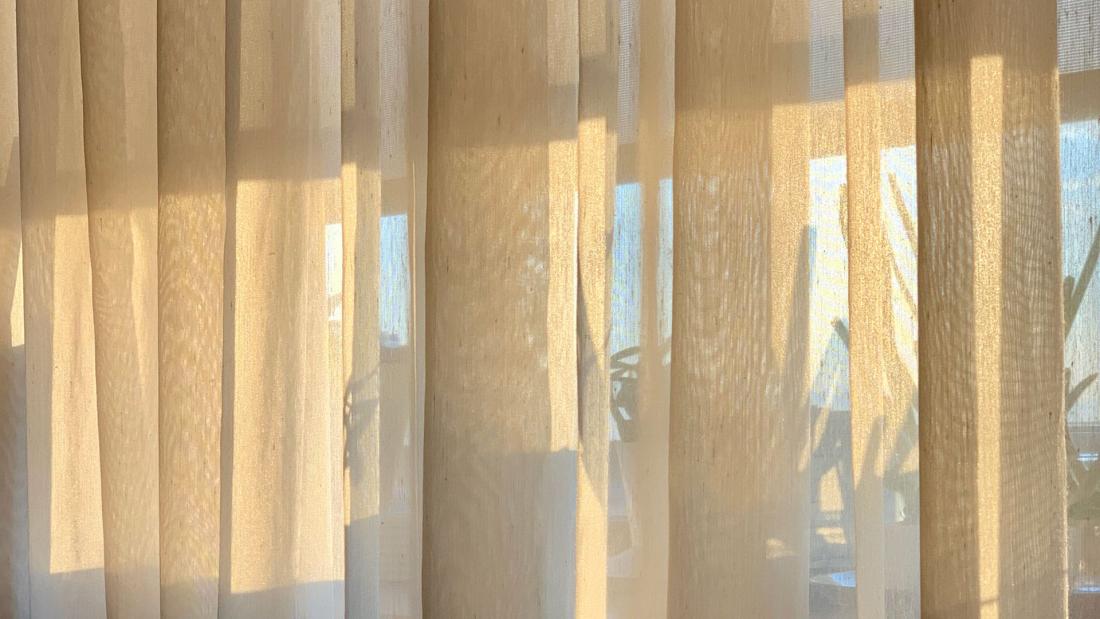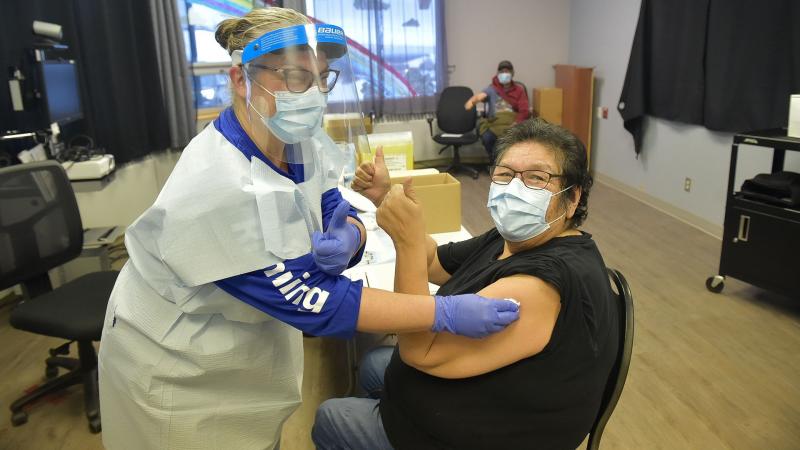Changes to Medical Isolation Requirements for COVID-19
Public Health recommends the following changes to reduce medical isolation, effective March 16, 2022.

Reducing medical isolation will achieve a better balance between protecting community members from COVID-19, and minimizing disruptions and distress caused by longer periods of isolation.
A person diagnosed with COVID-19 can end medical isolation:
- 7 days after a positive test or onset of symptoms IF their symptoms have resolved.
An immunosuppressed person diagnosed with COVID-19 can end medical isolation:
- 14 days after a positive test or onset of symptoms IF their symptoms have resolved.
- This is a regional recommendation and has not changed.
A contact who lives with someone infected with COVID-19 should isolate for a maximum of 14 days, as long as:
- They continue to be asymptomatic.
- They continue to test negative during the isolation period.
We recommend to do rapid tests at home or at a community testing centre on the 3rd, 7th, 10th, 14th day after first exposure, approximately.
- Higher sensitivity clinic-based tests can also be used for some of the tests, if there is capacity to do so at the CMC (PCR test or ID Now test).
- If only one test can be done in clinic, it should be done between day 3 - day 7 after the exposure began.
- If even rapid tests are in limited supply in a community, at minimum of 2 tests should be done – one between day 3 - 7, another on day 14.
A contact who tests negative repeatedly while living with a positive case can end isolation after 14 days, even if other people in the home test positive after the first person in the home tests positive.
- If a contact living with a positive case ends up testing positive, they should isolate for a minimum of 7 days after their positive test.
A contact who had “point-in-time” exposure to someone infected with COVID-19 (at an event, gathering or visit) should isolate:
- For 7 days if they test negative on day 3 and day 7 after their last exposure, and don’t have any symptoms.
EXCEPTIONS TO REDUCED MEDICAL ISOLATION
- These new recommendations don’t apply to institutional living situations, such as Elders’ Homes and Youth Health Centres.
- COVID-19 infections in these settings will continue to be managed on a case-by-case basis with support from Public Health, Youth Protection, and other stakeholders involved in the situation.
Reducing medical isolation will achieve a better balance between protecting community members from COVID-19, and minimizing disruptions and distress caused by longer periods of isolation.
- We know that the risk of transmission between an infected person and people around them is the highest at the beginning of their infectious period.
- This risk typically diminishes significantly by the 7th day of an infection.
- For close contacts who are exposed to an infected person, the risk they develop an infection themselves drops significantly by the 7th day after exposure to a positive case– especially if they’ve tested negative on different days.
After analyzing the winter outbreaks in Eeyou Istchee, we’ve seen that when a person has COVID-19 and isolates with their household, other people in the home who become infected themselves almost always do within the first 14 days.
People in the home who aren’t infected by day 14 after the first person is positive rarely develop an infection after that point, even if their household isolation stretches over a longer period of time.
This analysis reflects a specific scenario of household exposure.
It’s possible that a household can be affected once by a COVID-19 infection, complete required isolation, and be affected again by COVID-19 at a later time if another member of the family catches the virus outside the home at a later time.
COVID-19 Resources

These are instructions for people isolating because of a COVID-19 infection.

Answers to questions you may have about getting vaccinated against COVID-19

The Cree Board of Health recommends you wear a mask in certain situations to protect yourself and people around you.


